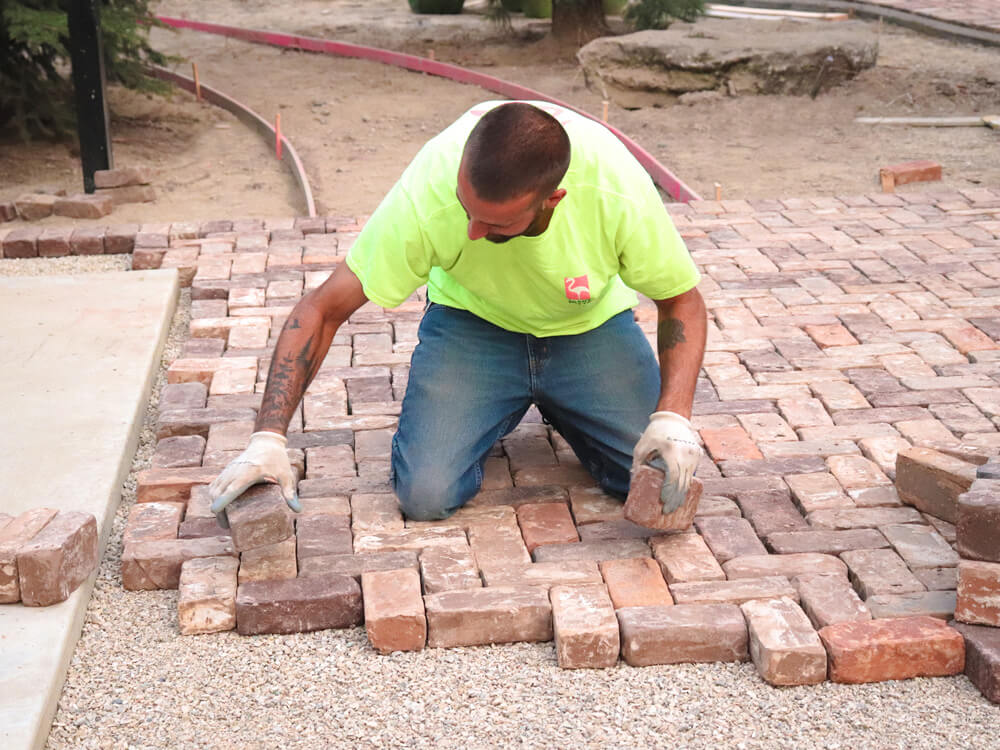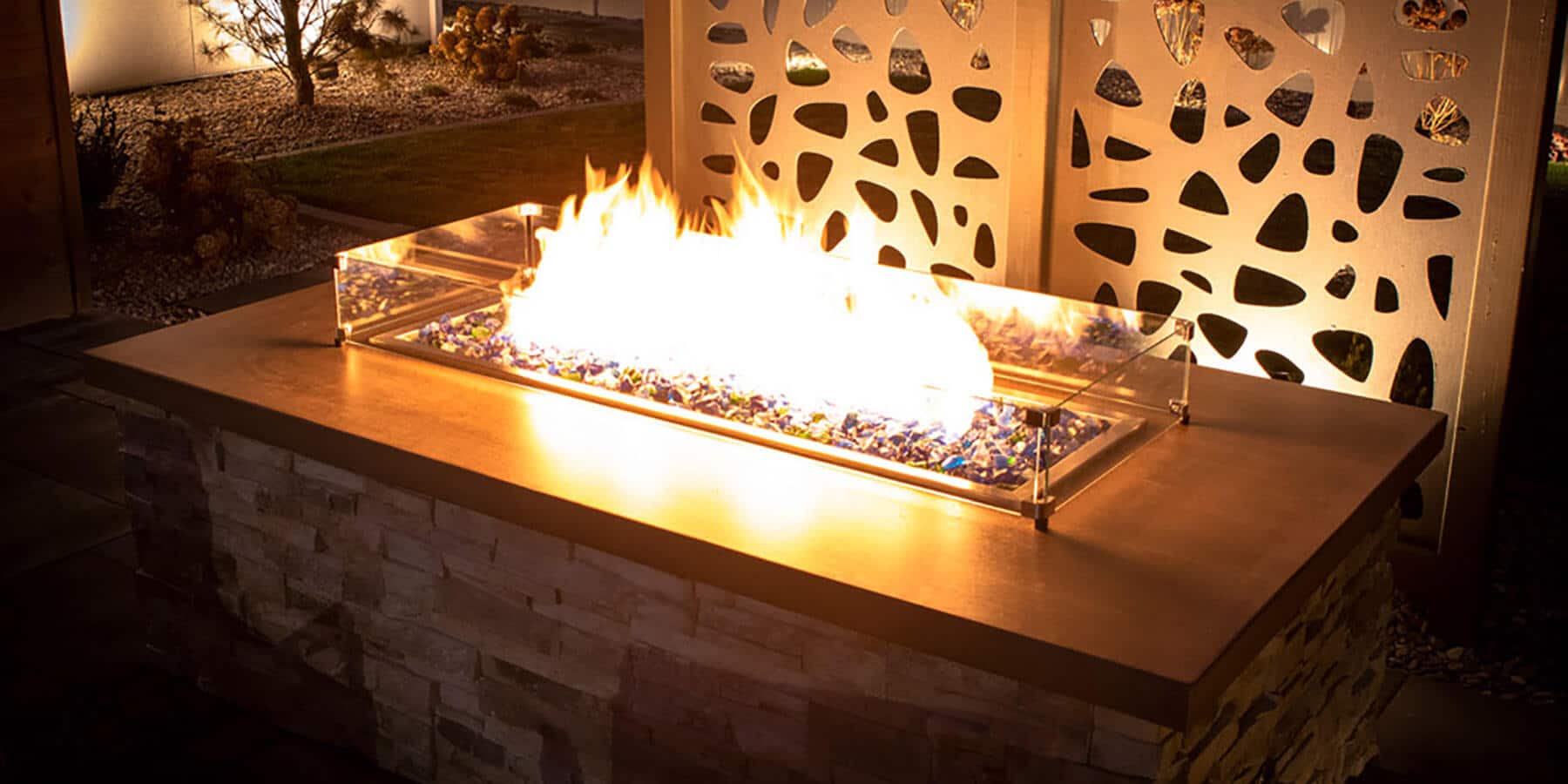It was such a pleasure sitting down and chatting with Crystal Davidson about soil. Soil is an imperative component in the overall health of our lawns, gardens, and ecosystem at large. Crystal is the Soil Health and Education Outreach Coordinator for the Ada Soil and Water Conservation District, and she had a wealth of information to share.
If you’re curious about the living and functioning underground world of microbes and how they impact the overall health of your lawn, landscape, garden, and ecosystem, then look no further.
With that said, let’s dig in…
Riley: How closely related is the relationship between soil and water, and how does it make an impact on our overall environment?
Crystal: That connection is so closely tied together. Healthy soil can store more water. The more organic matter you add to the soil increases its ability to absorb water like a sponge and store it for later use. Soil is also a filter. The healthier the soil is, the better able it is to remove those impurities and contaminants that sometimes end up in our water.
If we’re using good management practices like keeping plants in the ground and keeping that soil covered, we lose less of that good soil to our surface water.
Riley: With your knowledge and background, what do you wish you could convey to the everyday homeowner about their landscape?
Crystal: We need to think about our home landscapes like ecosystems. What we do in our home landscape doesn’t just impact that small space, but it impacts other spaces. If I choose to use chemical fertilizer on my lawn, it doesn’t just impact my lawn, it impacts the water that moves from my lawn into storm drains.
What I choose to plant in my landscape impacts the organisms around me. If I focus on a monoculture grass lawn, I don’t have a habitat for pollinators and I’m going to have very few organisms in my soil because I only have one food type. If you think about your diet, you don’t want to eat the same thing every single day for three meals a day [laughs]. The same is true for the life in the soil. If you only have one food source to offer, the organisms aren’t going to stay and you’re only going to attract a limited number of organisms that are happy to eat what you have.
Whatever I put in my landscape is going to impact whatever lives there and impact the systems around me.
Riley: Still speaking in the sense of the everyday homeowner and treating their landscape as an ecosystem, how would you suggest someone start small and make the transition in their landscape or garden? Do you have any encouragement for them?
Crystal: There are lots of things that they can do, and I would never say just change it all right now because that’s overwhelming and expensive.
First, eliminate the use of chemicals, including fertilizers. If you treat your landscape like an ecosystem, you need to consider how nature does things. Nutrients are naturally added to the soil through decomposing organic material. Instead of a chemical fertilizer apply compost or green manure like grass clippings or plant debris. Identify the pests in your yard and garden and then find the natural predators of those pests. Grow the plants that attract those predators or naturally deter the pests.
Second, instead of removing your plants and clearing out your garden space in the fall, cut them down and leave them in the garden bed. It provides great habitat for native pollinators to overwinter and will eventually break down and return nutrients to your soil. Even better, plant a cover crop that will continue to keep your soil in place, feed your soil organisms all winter, and provide habitat for insects and other organisms.
Third, incorporate the use of animal manure in your yard and garden. Animal manure replenishes soil microbiota and adds nutrients to the soil.
Fourth, increase the biodiversity in your yard and garden by planting a variety of plants, particularly native plants. Increasing the biodiversity above ground will naturally increase the biodiversity below ground. These plants will also attract a greater variety of above-ground wildlife like birds and insects.
Riley: Why is the soil/plant relationship so important for the environment and plant health?
Crystal: Plant roots do a lot of things for the soil. One of those things is just keeping the soil in place because you lose less soil due to erosion when water is added to the soil surface. The other connection that scientists have started to understand more recently is that plant roots are leaky. About 30% of those carbon-based sugars that plants produce during the process of photosynthesis leak out of the roots and into that rhizosphere—that area around the roots. Those sugars feed the microorganisms in the soil.
The different exudates from the plant roots attract different organisms, so the more variety of plants and plant roots in the soil, the greater the diversity of organisms you’re going to get in the soil. Bacteria and fungi are going to be attracted to the different exudates that are released from plants.
There’s a lot of communication that happens between plants and microbes. There’s been a lot of discoveries about the connection between mycorrhizal fungi and how they can connect plants underground, so plants are then able to share information like water resources and nutrient resources. We’re just starting to understand the unique relationship that’s happening underground.
Riley: What, to you, is the most exciting part of witnessing the transformation from unhealthy soil to healthy soil?
Crystal: We’re learning the connection between the health of the plant and the nutrient density of the food that we produce from healthy soil. It’s not necessarily something you can see, but you can taste it. There is a difference between how the food that is grown in healthy soil tastes compared to food that is grown in degraded soil. Your food tastes better and the plants look better.
You water less. You can measure with a moisture meter, and you can see that your soil is holding onto more water, and you can water less frequently.
You can also see a change in the color of your soil. That healthy soil is going to look rich and dark, and that is due to the amount of carbon and organic matter that has been stored and accumulated in that soil.
I would say that those are the big signals that say your soil’s health is improving.
Riley: Fascinating! Well, Crystal, thank you so much for coming out and sharing. I enjoyed this conversation, and it was so fun to just sit and listen to you talk.
By Riley Rehberg


